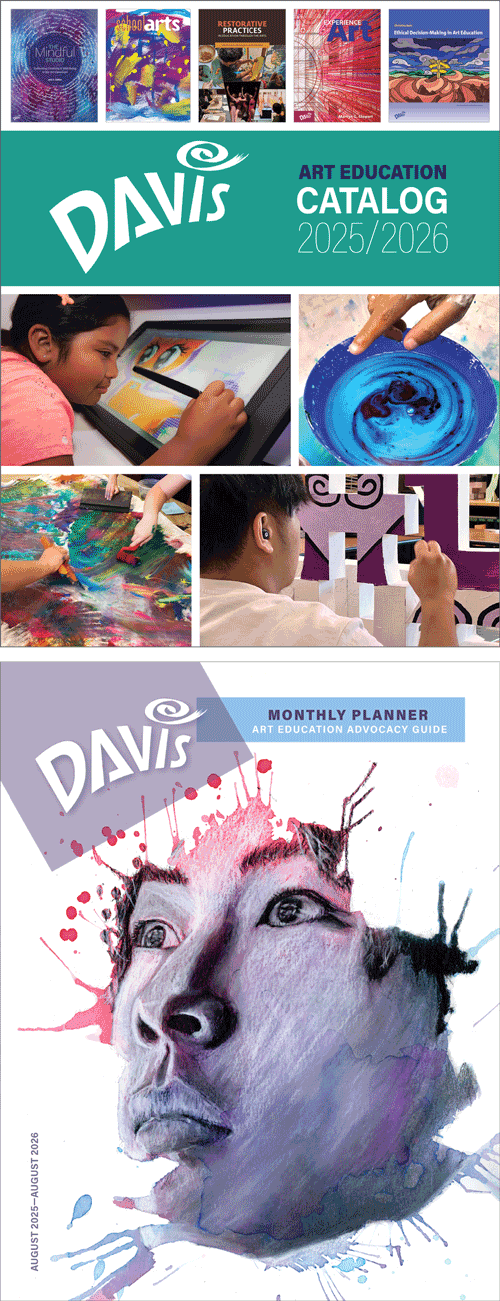National Brothers and Sisters Day: Sturtevant Hamblin
The majority of Hamblin's known works are portraits of children. This was no doubt more attractively priced than portraits of adults, and, there was a certain formula that itinerant painters such as Hamblin. There were established body types and poses to which Hamblin merely plugged in a face.
National Brothers and Sisters Day, 2 May: Art by Sturtevant Hamblin (active 1837–1856, United States)
Sturtevant Hamblin was an active itinerant ("limner") portrait painter, part of a uniquely American artistic phenomenon.
 |
| Sturtevant Hamblin, The Younger Generation, ca. 1850. Oil on canvas, 55.5 x 68.2 cm. © 2025 National Gallery of Art, Washington, DC. (NGA-P0838) |
Sturtevant's portraits are invariably set on a shallow, vague stage with little to no background forms. The forms and faces are generally flat and evenly lit. Little girls were invariably depicted holding symbols of their "gentility" or education. In The Younger Generation, the sisters share a reader indicating that they are diligent in their lessons. The brother is presented whittling, a symbol of his "masculinity." Like most limner artists, Hamblin capably captured the particular features of the sitters, although there is little to no concern for any expression of their personalities outside of their gender symbols. The figures lack any sculptural solidity and details of clothing are minimal, reduced to simple contour lines.
Because there were no art academies in the American colonies, most colonial painters were self-taught. There was no possibility of training in technique and anatomy in America. Some native American artists traveled to England to observe English painters. The early colonial style, based largely on prints of English portraits tended to be flat, evenly lit, and rich in realistic detail. Early portraits are characterized by unsophisticated drawing, awkward rendering of anatomy, and emphasis on the luxury items of the sitter.
Beginning early in the 1700s, the predominance of the naïve portrait style of self-trained artists began to decline with the arrival of artists from Britain who brought with them the British version of the Rococo style. As the century wore on, prominent American-born artists absorbed the style and made it uniquely American with an emphasis on observed realism.
Despite the overwhelming influence of European, mostly English styles in art during the 1700s and first half of the 1800s, the tradition of the itinerant (moving from town to town), self-trained, traveling artist continued. These self-taught artists—known as limners (a British, Medieval mispronunciation of the word "illuminator", a manuscript illustrator)—provided a good source for patronage by less-affluent Americans who nonetheless wanted to demonstrate their refinement and good taste by commissioning art. Pockets of self-taught artists persisted through the 1800s in the form of segregated religious or Utopian communities, isolated frontier regions, and newly settled regions in the West. Art by self-taught artists has continued through until the present day. It often represents a personal, inner vision uninspired by prevailing artistic trends. The seeds of these present day styles were planted by the earliest American limner artists.
Sturtevant Hamblin (or Hamblen) was born in Portland, Maine to a father and grandfather who ran an ornamental painting and glazing business. Sturtevant most likely worked in the business, which often involved painted over-mantles for new houses or decorative border painting in house interiors. His sister was married to the itinerant (traveling) painter William Matthew Prior (1806–1873), and Sturtevant lived with them in Portland, and subsequently Boston when they moved there in 1840. Sturtevant may have been Prior's pupil at some point.
In Boston the Hamblin-Prior partnership came to involve other painters of like style in a "school." After leaving Prior, Hamblin and his three brothers opened a painting business hat advertised house, sign and "fancy" painting. Because many of Prior's and Hamblin's works are not signed, it is often difficult to distinguish them from one another. Careful scholarship has detected distinguishing stylistic features in Hamblin's signed works that have broadened the number of accepted Hamblin works. Prior was evidently more successful than Hamblin in the portrait business. In 1856 Hamblin ceased his painting efforts and became partners in a men's clothing store ("gents' furnishings") with his brother in East Boston.

Comments